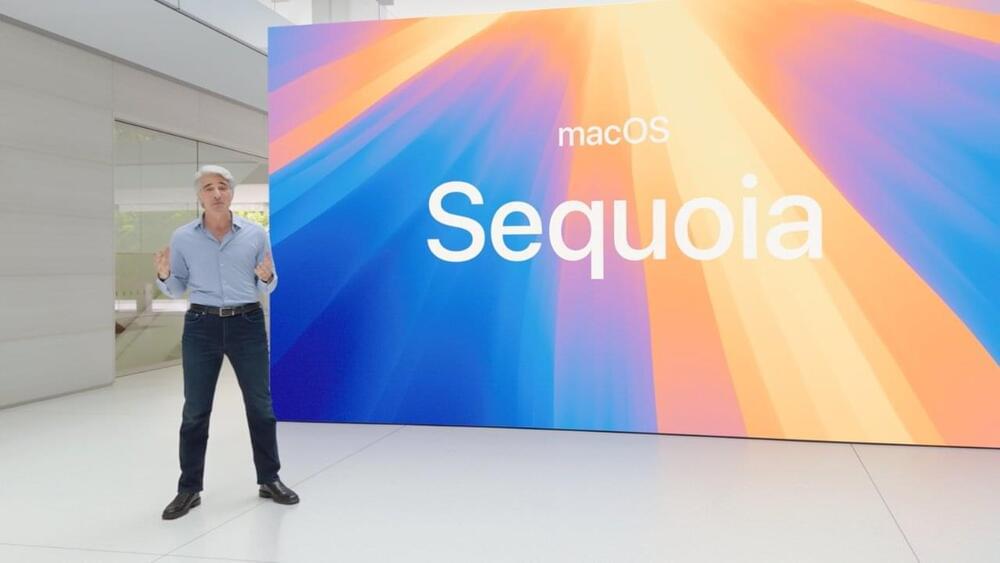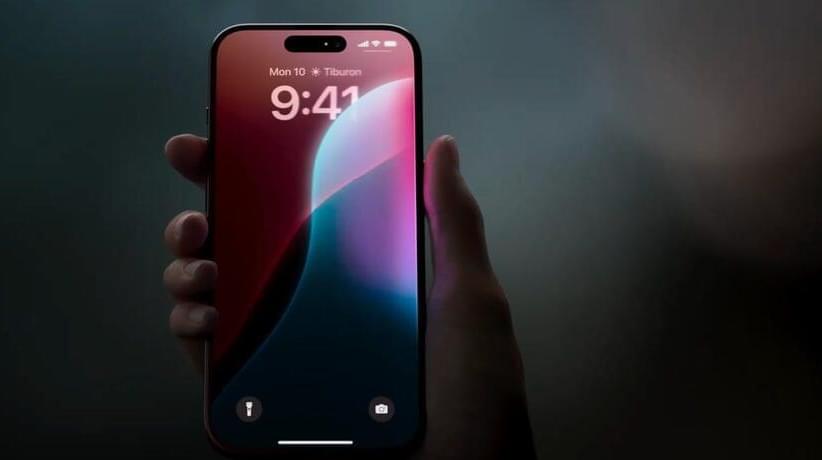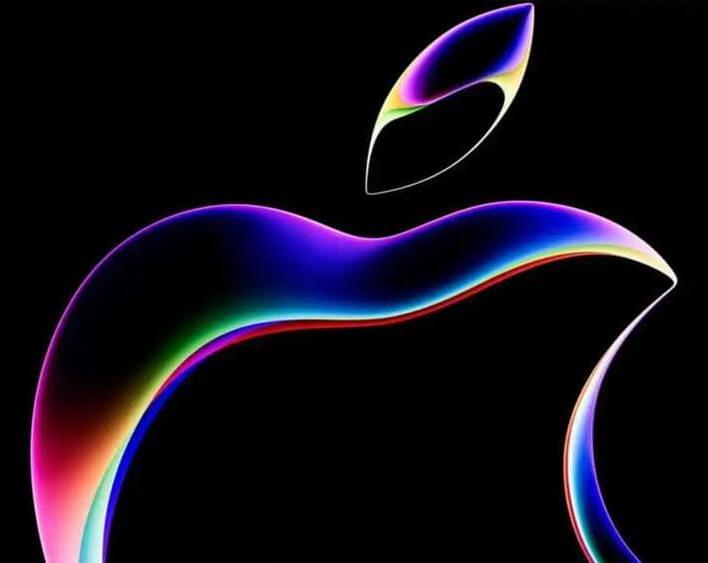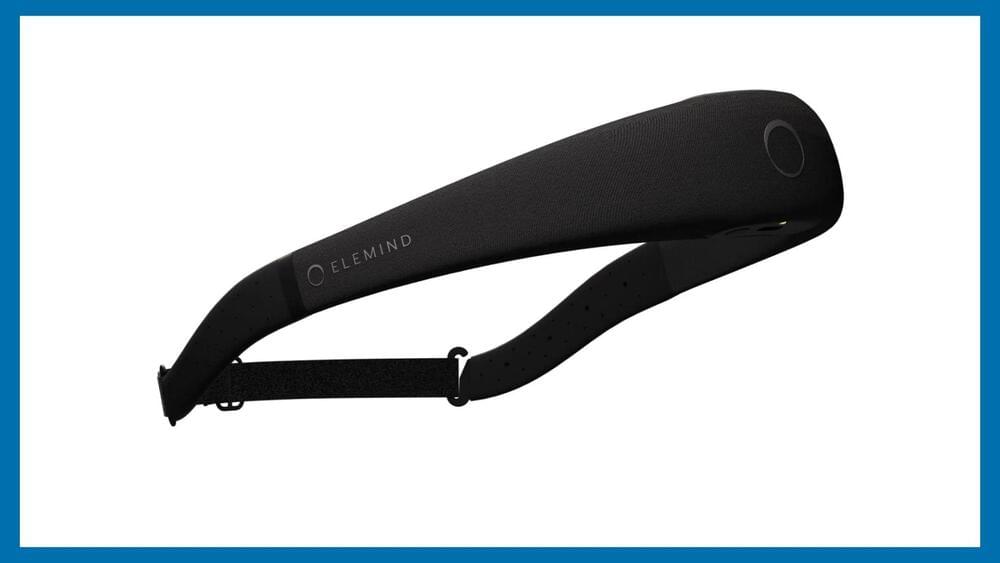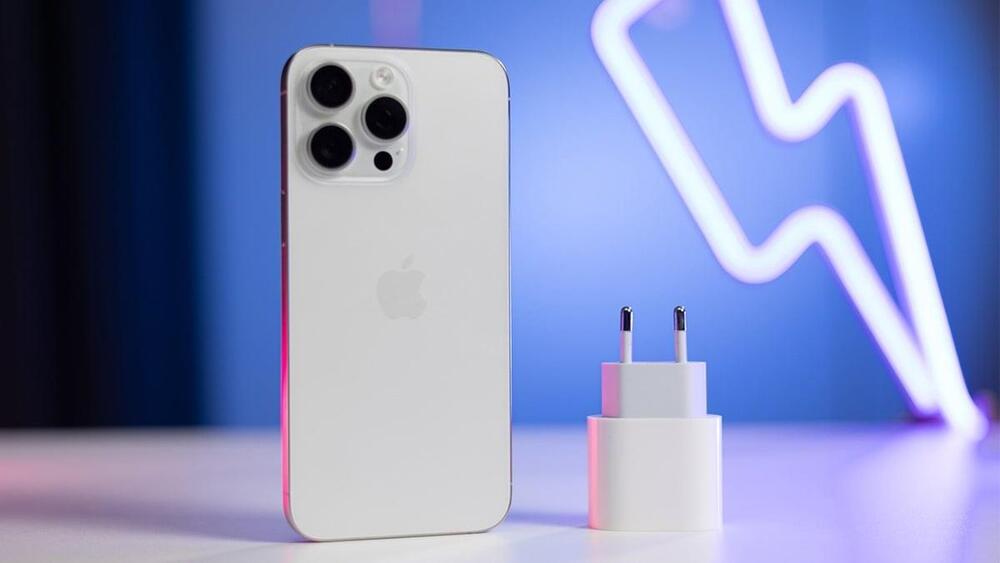Jun 17, 2024
MIT Neuroscientists Unlock the Hidden Rhythms of the Mind
Posted by Saúl Morales Rodriguéz in categories: mobile phones, neuroscience
MIT neuroscientists propose a new framework that describes how thought arises from the coordination of neural activity driven by oscillating electric fields — a.k.a. brain “waves” or “rhythms.”
It could be very informative to observe the pixels on your phone under a microscope, but not if your goal is to understand what a whole video on the screen shows. Cognition is much the same kind of emergent property in the brain. It can only be understood by observing how millions of cells act in coordination, argues a trio of MIT neuroscientists. In a new article, they lay out a framework for understanding how thought arises from the coordination of neural activity driven by oscillating electric fields — also known as brain “waves” or “rhythms.”
The Significance of Brain Rhythms.


